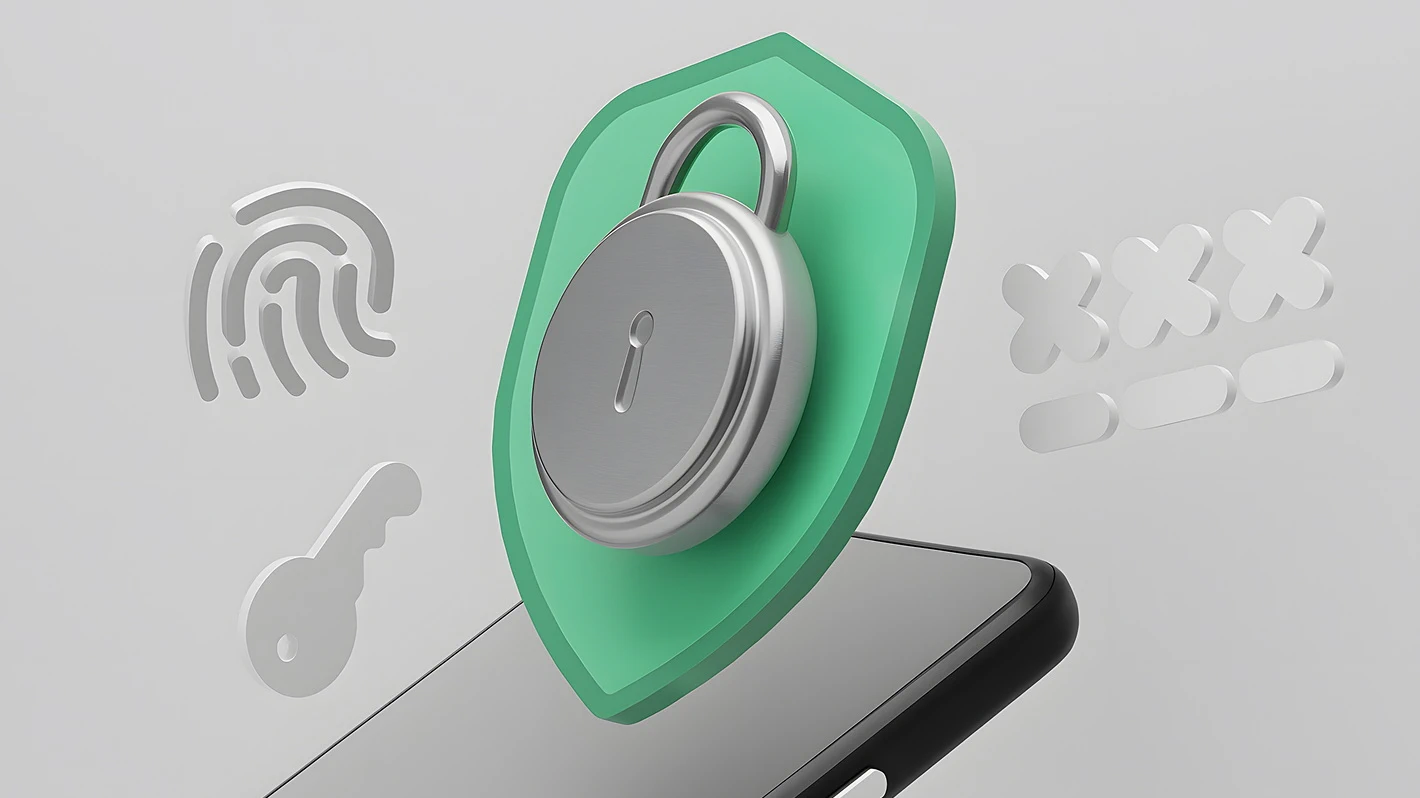How do you tell the difference between a good company and a great company? Good companies sell products. Great ones provide experiences. And you guessed it, the secret sauce that enables great companies to provide great experiences is none other than that of customer service. It’s what drives customers to keep coming back time and time again—for a lifetime even—if you do it right.
If a company with one good product only continues to sell to one type of customer, one of two things can happen: either the company runs out of customers entirely, or selling the product becomes more difficult—costing the company more money.
For growth to happen, the company should strategically develop its customer relationships to make buyers more inclined to return. But, how exactly do you make customers loyal? According to the Zendezk CX Trends 2024 report, 3 in 4 consumers will spend more with businesses that provide a good CX.
Why Customer Service is Important
While the product and its price are what potential customers notice first, it’s the overall customer experience that ultimately makes them pull the trigger. When customers browse products, they’re looking for solutions to their problems. When a company continually harps about its product’s features without relating them to a buyer’s requirements, the sales pitch falls short. However, if a customer learns that your product fills one or more of their requirements, they’ll happily give it a go.
Going from browsing to buying isn’t so simple, though. In most cases, the company’s customer service team is largely responsible for bridging that gap. For example, a typical buyer’s journey involves them going to a store without any idea of what exactly to buy. The first step may look like asking where a certain item can be purchased, the directions to the store, and confirming its hours. Receiving clear answers to these initial questions offers a solid start to the customer’s journey.
Once the customer arrives, they ask which products can fulfill their needs. They compare which matches their budget and which offers the best value. Of course, having someone answer questions and provide information helps speed things up. Having a positive experience during this stage of the buyer’s journey will make 9 out of 10 customers come back in the future. Conversely, customers who aren’t met with assistance often turn elsewhere to get the answers they need.
Responsiveness is Essential
Speed is essential in gaining customer loyalty, as nobody likes to wait. Receiving immediate replies to questions of all magnitudes is a great way to showcase a company’s dedication to customer service.
Positive customer experiences are the name of the sales game. That being said, as much good as they do for your company and bottom line, one negative customer service experience can offset all of that progress. Zendesk reported that a single negative experience is enough for 50% of buyers to turn to a new supplier. At the very least, it can push long-time clients to badmouth your brand on social media.
As a result, companies are taking measures to ensure that customers receive excellent customer support even when their stores are closed. Software-as-a-Service (SaaS) solutions provide 24/7 customer service to keep customers happy and informed.
Why SaaS?

SaaS is cloud-based software that works on a subscription model. It’s completely different than on-premise solutions, with its chief features including the following:
- SaaS applications reside in the cloud. Users only need an internet connection to log in via a browser or an app to access the software. Both the application and user files are stored in the cloud to make them accessible everywhere, via any smart device.
- SaaS uses a subscription model rather than a one-time purchase. As such, most providers charge a monthly subscription rate based on features and the number of users. This offers a more cost-effective model than bulk-purchased licensed software. The latter requires a costly upfront investment. This means that a bulk license can potentially end up underutilized or unused. Meanwhile, SaaS subscriptions operate on a pay-as-you-use system and will only cost more when the client is ready to scale.
- With SaaS residing in the cloud server, users won’t have to worry about installing the complete software onto their devices. Nor will they need to upgrade the cloud computing software every time a new version comes out. Instead, users simply log in to their accounts to launch the most recent version.
- Cloud computing software also provides added security even with expanded accessibility. Teams can collaborate on a single document saved on the cloud. This helps avoid creating multiple conflicting versions that can be difficult to track over time. Saving on the cloud also means that users won’t have to riskily store files on flash disks, external drives, or PC hard disks—which are prone to tampering. For SaaS users, only users with proper access credentials can access these files. Additionally, security for cloud data with VPS servers can ensure an extra layer of protection for sensitive information.
- Finally, cloud computing software provides better disaster recovery orchestration. The cloud servers can also hold archive documents and previously saved versions. In case current project files get corrupted or compromised, users can easily access backup files.
SaaS and Customer Service

At the start of the pandemic, customer service remained a top priority with companies eager to maintain relations with their customers. When offices shut down for health and safety reasons, SaaS was instrumental for customer service teams who began working from home. Access to cloud-based applications enabled agents to continue interacting with customers without skipping a beat. These agents continued to enjoy access to their customer relationship management (CRM) tools, helpdesk, and knowledge base. Clients were equally grateful that, despite the COVID-19 standstill, CS representatives still had access to their records.
Even outside of the pandemic, SaaS offers customer service teams fast and convenient access to customer files. In addition, having all of their tools available in the cloud means less time fumbling around looking for what they need. This greatly reduces the chances of customers being put on hold while an agent scrambles for information.
Companies themselves also appreciate the convenience of using cloud-based applications for their customer service requirements. For one, cloud systems require less overhead to operate, which means lower costs to keep customers happy. Apart from a more cost-effective subscription model, companies also benefit from reduced IT costs. SaaS developers assume the responsibility of managing and maintaining their cloud software’s operability, further freeing up their clients’ budgets.
Additional Benefits of Cloud-based Customer Service Tools
Customer service is one of the biggest beneficiaries of SaaS solutions. A cloud-based contact center means that it can set up operations almost anywhere. Beyond a stable internet connection, operating a contact center won’t require complicated setup processes and highly-specific hardware demands.
Anywhere Access Leads to Faster Response Times
A cloud contact center means improved flexibility in operations. Even when shutdowns from health and safety issues occur, agents can continue working from home simply by logging into their accounts. Having all of the data and tools instantly accessible from the cloud means that agents have everything they need to address customer concerns and respond to inquiries faster.
Better Integration Means Fewer Problems
Cloud-based CRM solutions are easy to integrate with other software solutions like ERP, productivity, and communication software. This means agents can seamlessly move from one task to another without switching programs.
Analytics and Insights Provide a Better Outlook
SaaS solutions often feature analytic and insight-generating capabilities. The platform automatically captures user data and consolidates it with other sessions to produce insights. Having this information readily available helps determine if agents are meeting industry standards. Insights can also help shape future directions as they show customer trends and patterns.
Customer Service Areas that Can Benefit from SaaS
Customer service involves a lot of moving parts that often work in tandem. Using a cloud-based system instead of an on-premise setup can support this teamwork. These counterparts include:
- Customer Relationship Management (CRM). The CRM handles important information concerning each client, such as demographics, purchase history, and recent customer service concerns. Cloud-based solutions, including Microsoft Dynamics CRM services, provide seamless access to this data during customer interactions, enabling a more personalized and efficient customer service experience.
- Content Management System (CMS). The CMS contains learning, training, and knowledge base data, among other things. Implementing a SaaS solution means that remote agents will continue to have access to these learning materials. In particular, decoupled and headless CMSs enhance the value SaaS brings to customer service by providing faster access to up-to-date content, enabling real-time delivery of support materials across multiple channels, and allowing seamless integration with chatbots and self-service tools.
- Payment and Billing. When dealing with client concerns, it always pays to refer to important information like their payment history and billings. Cloud access to this information means agents can share up-to-date information with customers as they work to resolve problems. Chargeback alerts are essential for monitoring and managing potential payment disputes, ensuring proactive action to prevent financial discrepancies or service interruptions.
- Communication. Having productivity and communication functions via SaaS means improved collaboration with superiors and team members. Having the means to instantly communicate with the rest of the team during customer interactions is helpful when additional information or instructions is required. Effective cloud communication tools also include file-sharing, project management, and document-sending capabilities.
What’s In Store for SaaS?
SaaS has proved itself as a legitimate alternative to on-premise software solutions time and time again. Its ease of use, lower overhead costs, and improved integration is making many companies reconsider their usual practice of purchasing licensed software for their operational requirements.
Many small and medium-sized companies are now subscribing to SaaS applications instead of heavily investing in software that offers more than they can actually use. The SaaS market is already expecting continued growth as more companies switch to this software model. Gartner foresees the SaaS market to peak at $482 billion. This figure represents a 21.7% growth from the estimated $396 billion customers paid to cloud services.
Similarly, developers are enthusiastically innovating even more SaaS solutions in hopes of supplementing every imaginable office task. Years ago, even heavyweights from traditional software makers such as Microsoft and Adobe shifted some of their popular applications to SaaS versions to recuperate their dwindling shares. Currently, image and video editing titan Adobe holds the largest share in the SaaS market at $315 billion. Meanwhile, leading CRM cloud developer Salesforce reported a nearly $100 billion growth between January 2020 ($161 billion) to September 2021 ($251 billion).
The Best Way to Improve Customer Service

SaaS solutions offer a cost-effective way to improve operations at a time when remote and hybrid work systems remain viable options. Furthermore, the shift to cloud-based applications provides a nimble way to serve customers with fewer interruptions. This is especially true for customer service departments that want to continually improve customer experiences.
For an even more efficient, uninterrupted customer service system, consider outsourcing your support team requirements. Helpware is a company that aims to uplift startups and budget-conscious companies by providing excellent customer experiences at a fraction of the cost. We offer back-office support to alleviate the pressure and demands of everyday work so you can focus on growing your company. Helpware also outsources digital customer service to ensure your clients can seamlessly navigate through the buyer’s journey.
Helpware is eager to learn more about your company’s unique needs and specific outsourcing requirements. Contact us to learn what SaaS and outsourcing can do for your business today!












